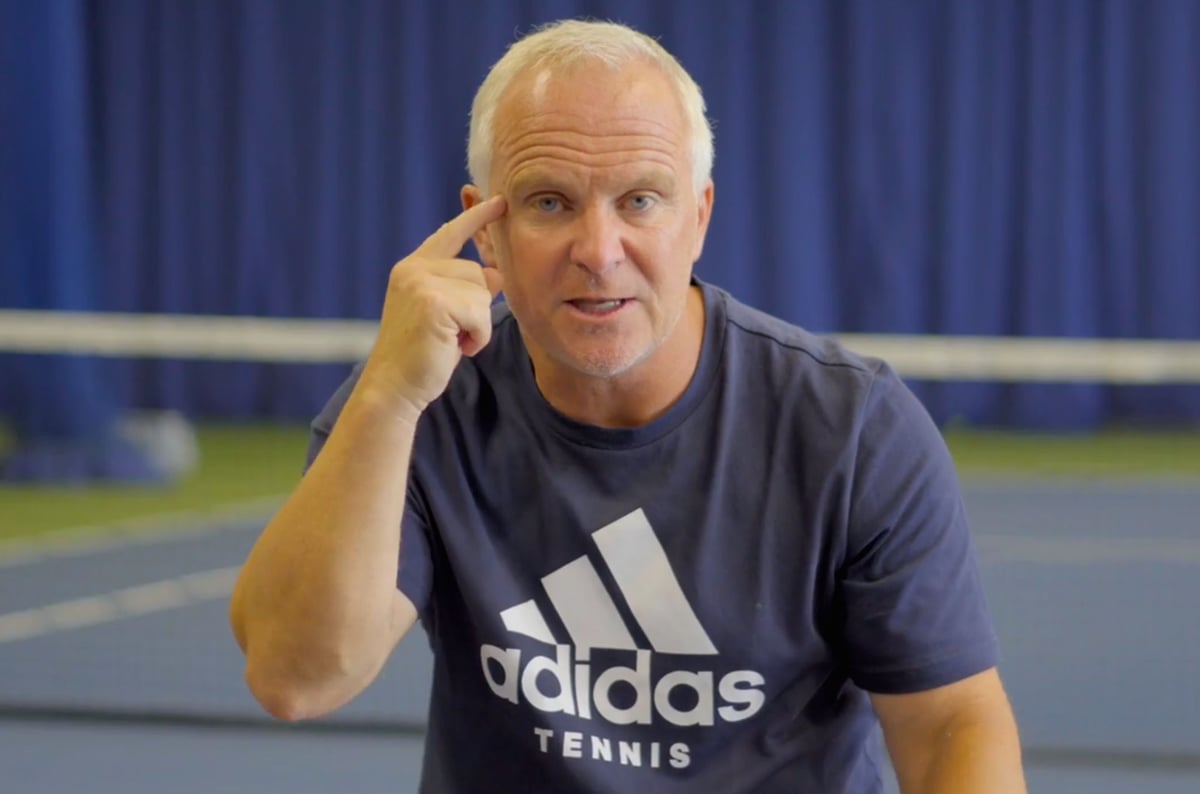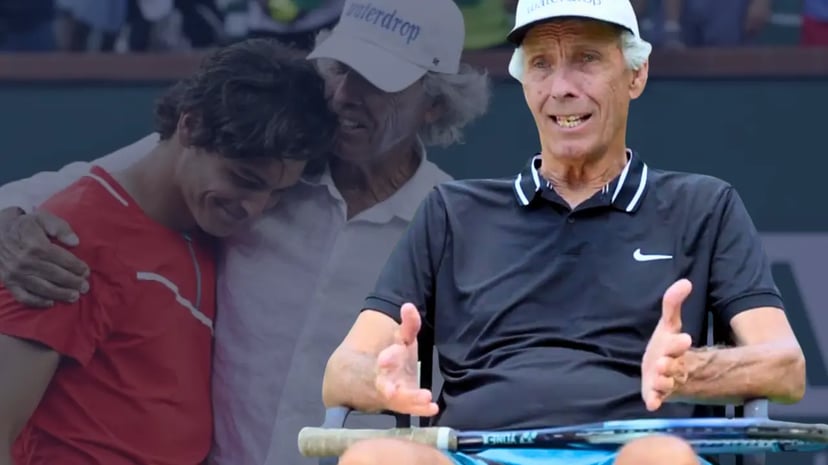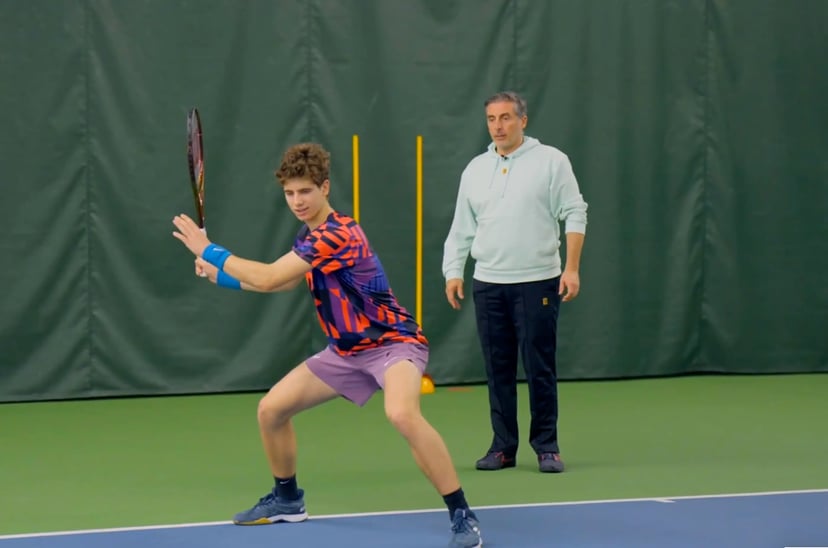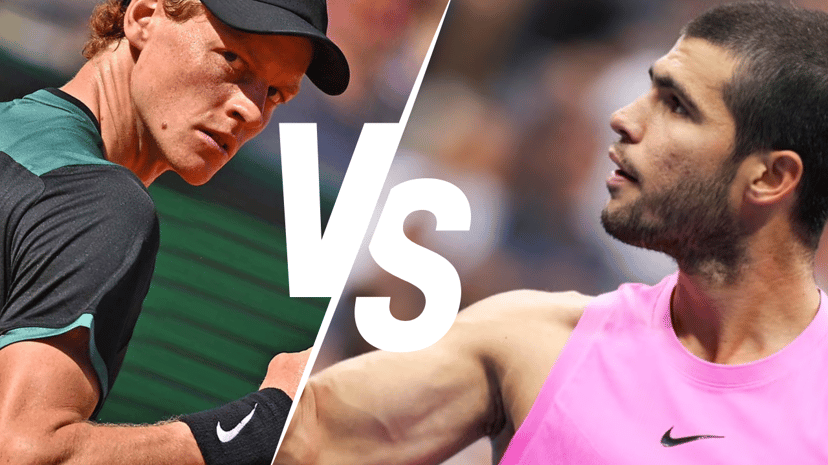
We started Coachlife with a simple yet ambitious mission: to bring together the world’s best coaches onto one platform, giving players, parents, and coaches access to diverse opinions and perspectives. The truth is, no single coach can excel in every area, and no single method works for every player. Every player is different and unique, requiring tailored approaches to reach their full potential.
Take Iga Swiatek’s forehand, for example. Her coach, Michal Kaznowski, taught her a technique that goes against conventional wisdom. He encouraged her to keep her elbow close during her swing to address her tendency to overswing—a highly nuanced adjustment. While this method may not work for everyone, it turned out to be transformative for Iga. The result? One of the most explosive forehands in the history of tennis. Kaznowski applied the same principle to her backhand, keeping the swing short and efficient, and now she also boasts one of the strongest backhands on the WTA Tour.

This tailored approach highlights an important point: there’s no one-size-fits-all method. Coaches must adapt to their players’ specific needs, strengths, and weaknesses. On Coach Life, you’ll find countless examples of this adaptability in action. Guy Fritz, for instance, talks about developing his son Taylor Fritz’s aggressive game. Recognizing Taylor’s relatively slower movement around the court, Guy emphasized first-strike tennis to give Taylor the upper hand. On the other hand, Taylor’s later coach, Diego Moyano, focused intensely on movement, dedicating 20 minutes at the start and end of every session to improving agility—a strategy he also used with Riley Opelka.
Check Guy Fritz and Diego Moyano

The diversity of these approaches underscores the value of exposing yourself to multiple coaching philosophies. Whether it’s pinpoint or platform serving techniques, there’s always something new to learn.

Building on Expertise Across Disciplines
At Coachlife, we pride ourselves on presenting well-rounded perspectives, not just on technique but on every facet of the game. Our strength and conditioning course, led by Dean Hollingworth, offers comprehensive training. But to complement it, we’ve recently shot content with Coco Gauff’s junior fitness coach. Interestingly, his training for Coco revolved entirely around bodyweight exercises, resistance bands, and a heavy focus on footwork and speed. This minimalistic yet highly effective approach is evident in Coco’s explosive athleticism.

While Dean Hollingworth incorporates weights into his programs, the fundamentals of agility and movement remain consistent. This overlap, paired with differences in methodology, demonstrates the richness of combining perspectives. By embracing such variety, you can find what works best for you as a player—or for your child as a parent.
Nuance in Modern Techniques
The game of tennis evolves, and so do the techniques that define it. Justin Sherring, one of our coaches, recently created a video on modern volleying. The title itself—“Modern Volleys: Why They’re Different Today”—sparked debate online. Some viewers argued that volleying hasn’t changed much over the years. But for those who watched the entire video, Justin explained the nuances behind his statement.
Modern Volleys: Why They’re Different Today

In today’s game, with modern strings and the incredible athleticism of players, passing shots are more lethal than ever. As a result, players can no longer afford to approach the net casually. Justin emphasizes that you should only come to the net on shots that stretch your opponent, giving you a clear advantage. In such scenarios, volleys often become “clean-up shots,” executed differently than they were 20 years ago. This kind of detailed analysis challenges conventional thinking and pushes players to adapt to the modern game.
Coaching Evolution and Player Progression
Tennis is a game of constant evolution—not just for the sport but for the players themselves. Over time, players refine and adapt their techniques based on the level of competition they face. Todd Widom, a fantastic coach and former ATP player, recently shared a story during a shoot for Coach Life. As the junior coach to Peyton Stearns, Todd worked closely with her between the ages of 8 and 18 alongside Pierre Arnold. Their efforts have helped Peyton climb the ranks and position herself as a future top-10 player.
Check Todd Widom and Pierre Arnold's Coaching Videos
Todd also shared insights from his own playing days, including a time when he hit with Andy Roddick. According to Todd, Roddick mentioned how his technique evolved after turning pro. Facing opponents who hit harder than ever, his swings naturally shortened and became more efficient. This kind of first-hand advice is invaluable—it’s the type of insight that can transform your game.
As a player progresses, their needs and challenges change. Early on, it might be about mastering the fundamentals, like a smooth backhand. But as you advance, your focus may shift to addressing hitches in your stroke or adapting your strategy to match faster-paced competition. Coachlife grows with you, offering over 500 videos to support every stage of your development.
Beginner Backhand Fundamentals Video

Empowering Parents and Players
Parents often play a pivotal role in a player’s development, and Coach Life is designed to empower them as well. By accessing our platform, parents can educate themselves on the nuances of player development and contribute meaningfully to their child’s journey.
A good coach should welcome collaboration. If your coach discourages seeking advice from others or dismisses outside perspectives, that’s a red flag. The best coaches, like Robert Lansdorp, encourage their players to seek additional guidance when needed. Robert famously worked with Pete Sampras and Maria Sharapova, both of whom benefited from having specialized coaching for different aspects of their game.
The Value of Open-Mindedness
Ultimately, open-mindedness is the key to growth. Whether you’re a player, parent, or coach, the willingness to explore new ideas and embrace different methods is what drives improvement. Platforms like Coach Life make this possible by aggregating the best knowledge from experts across the globe.
With 25 coaches and counting, we’re continually expanding our content library to provide fresh perspectives. Every coach and expert brings something unique to the table, from technique to fitness to sports psychology. And with new videos added regularly, there’s always something new to learn.
The journey to becoming a great player—or a great coach—is never linear. It’s filled with challenges, adjustments, and moments of discovery. By keeping an open mind and leveraging the expertise of the world’s best coaches, you can navigate this journey with confidence.
On Coach Life, you’re not just accessing tips and tricks; you’re diving into the nuanced philosophies and methodologies that have shaped some of the greatest players in history. Whether it’s perfecting your volleys, strengthening your footwork, or refining your mental game, there’s a wealth of knowledge waiting for you.
Start your journey today—join Coach Life and gain access to 500+ videos from world-class coaches. Sign up for a 7-day free trial and discover how open-minded coaching can transform your game.


